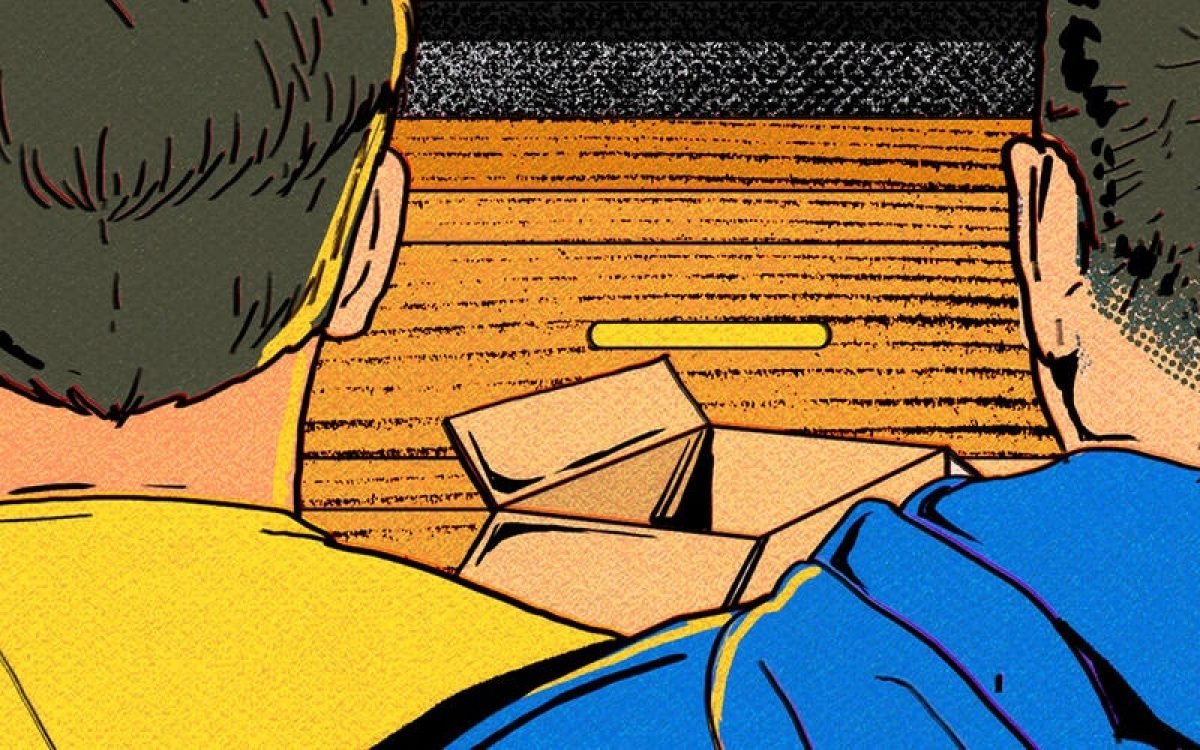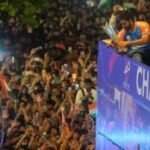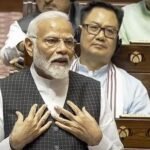In a recent conversation with Andrew Durbin, Simon Wu delved into the intricate web of artistic and aesthetic allegiances that shape his creative journey. Wu’s reflections offer a glimpse into the diverse tapestry of influences that inform his work, from film and literature to visual art and music.
At the heart of Wu’s creative process lies the notion that identity is not just defined by heritage, but also by the bonds of friendship and collaboration. This sentiment is beautifully echoed in his exploration of the film “Joy Ride [2023],” which posits that one’s identity is intricately woven into the fabric of relationships and shared experiences.
Wu’s creative landscape is richly populated by individuals and collectives whose work defies categorization and challenges conventional boundaries. He is drawn to artists and poets whose work occupies the liminal spaces between worlds, offering new perspectives and modes of expression.
Among the luminaries Wu aligns himself with are art collectives like CFGNY and Shanzhai Lyric, which embody a spirit of collaboration and experimentation. He also cites Ajay Kurian and his alternative art education program, New Crits, as sources of inspiration for their innovative approach to artistic practice.
In Wu’s creative orbit, friendship is not just a personal connection—it is a vital component of his artistic process. He highlights the influence of individuals like poet and pop star Julie Chen, whose multidimensional creativity informs his own practice.
Wu’s artistic pantheon also includes figures like David Wojnarowicz and Ken Okiishi, whose parodies of Wojnarowicz’s work challenge traditional notions of authorship and interpretation. He finds inspiration in artists like Danh Vo, whose work blurs the boundaries between personal and collective histories.
Literature and music also play a significant role in Wu’s creative universe. He draws inspiration from writers like Claudia Rankine, Cathy Park Hong, and Amy Sillman, whose explorations of art and identity resonate deeply with his own sensibilities. Similarly, he finds resonance in the emotive lyricism of musicians like Lana del Rey, whose evocative lyrics inspire him to wield his emotions more powerfully.
In Wu’s creative tapestry, diversity is celebrated, boundaries are blurred, and collaboration is key. His artistic journey is a testament to the transformative power of friendship, collaboration, and a deep appreciation for the multifaceted nature of creative expression. As he continues to navigate the ever-evolving landscape of art and culture, Wu’s work stands as a testament to the enduring power of creative kinship and the boundless possibilities that emerge when diverse voices come together in harmony.









